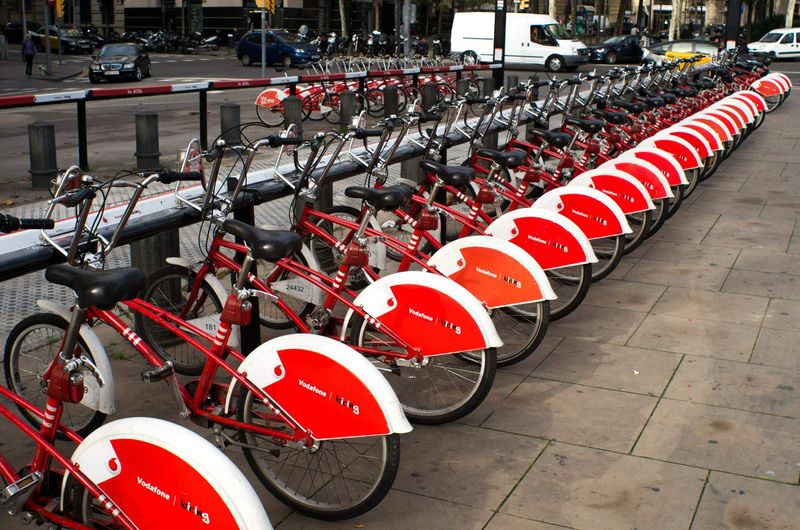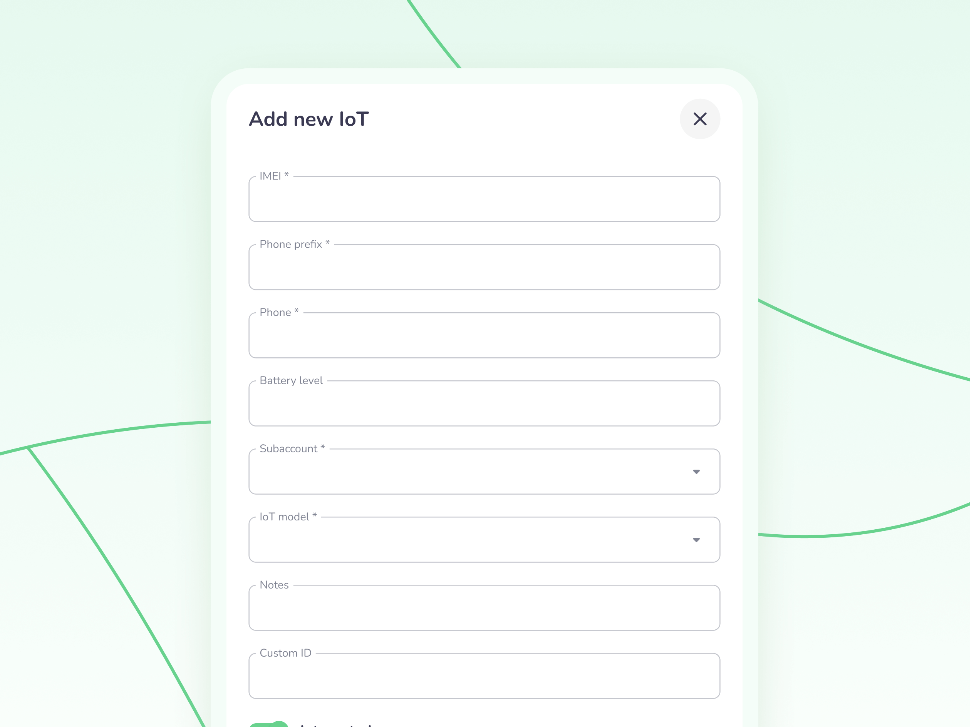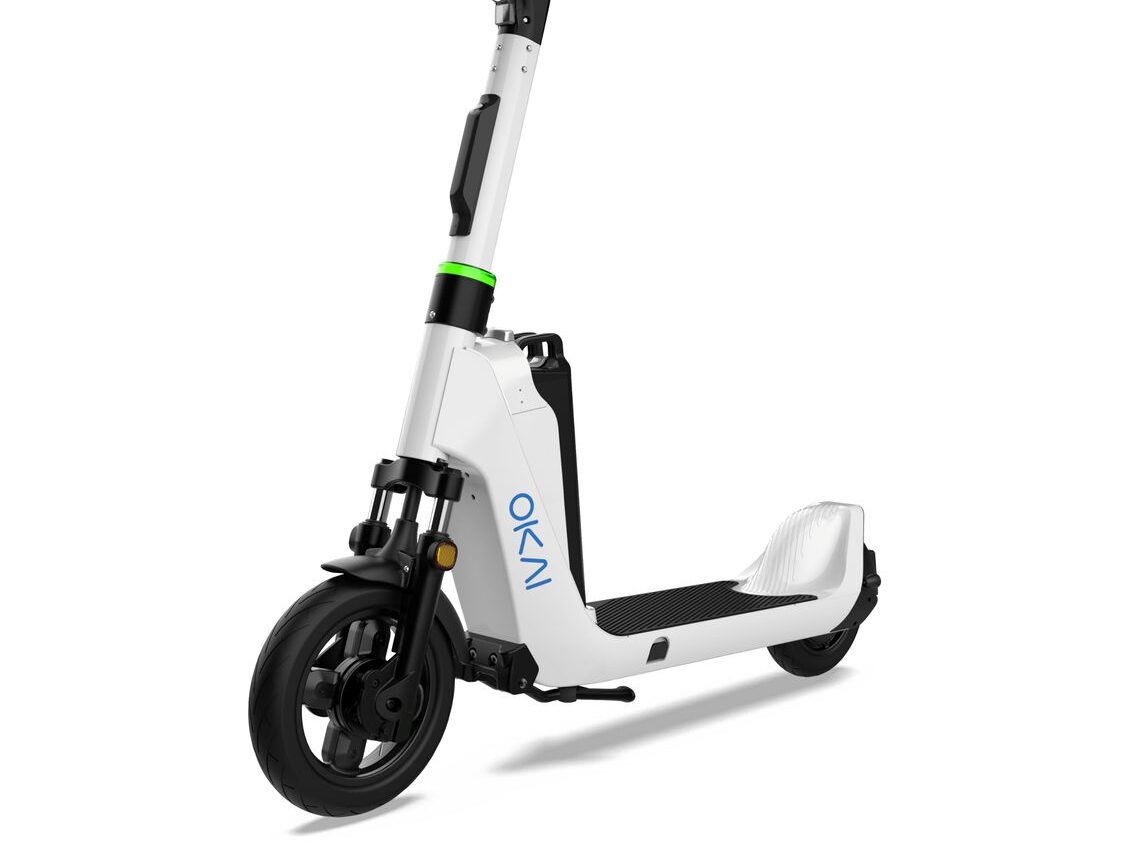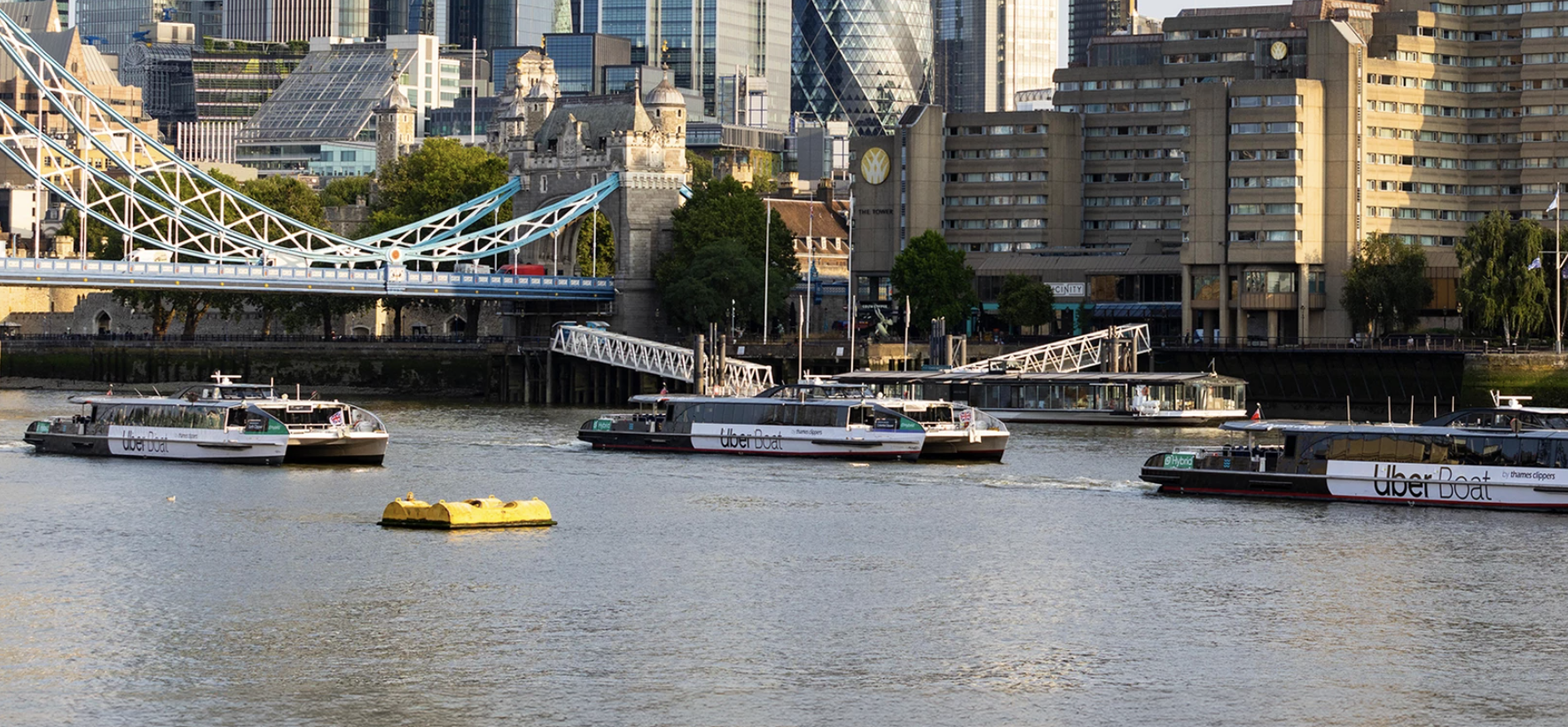If you’re managing a vehicle fleet, you’ve probably faced that important moment: deciding when to replace your vehicles.
Maybe it’s after the significant kilometer mark or when repair costs are eating up your maintenance budget. But fleet replacement isn’t just a simple swap-out—it’s a critical component of a broader fleet replacement strategy that can affect your business.

Let’s learn more about fleet replacement and why this seemingly dull task is precisely what your business needs.
What is Fleet Replacement?
Think of your fleet like a set of tools. Over time, those tools get worn out and stop working as well. Fleet replacement is about swapping out old vehicles before they start causing problems and costing you too much in repairs.
It’s not just about avoiding breakdowns (though that’s a big help). It’s about keeping your business running smoothly without any surprises, extra costs, or customers left waiting because of unreliable vehicles.
Why Fleet Replacement Matters
Like everything else, vehicles have a natural lifecycle. First, they’re shiny and new, ready to take on the world. Then, over time, they start to wear down. The trick is figuring out the perfect time to say goodbye—before they become a burden but after they’ve provided maximum value.
A solid vehicle fleet management strategy includes a smart replacement plan to keep your operations smooth and predictable. Plus, a well-maintained fleet is safer and more eco-friendly, which is great for reducing your carbon footprint.
When Should I Replace my Fleet?
So, when exactly should you replace your fleet? There is no one answer. It’s a balance of time, cost, and vehicle performance. However, there are a few red flags that signal it’s time to start planning your next move:
- High maintenance costs: When repair bills start piling up, it’s a clear sign your vehicle is reaching the end of its lifecycle. At some point, keeping it on the road becomes more expensive than getting a new one.
- Decreased fuel efficiency: Older vehicles use more fuel, which can significantly affect your decision. If your fleet spends more time at the pump than on the road, consider replacements.
- Frequent downtime: Same goes for repairs—if your vehicles are basically living in a repair shop than actually driving, maybe they are at the end of their road.
- Safety concerns: Safety comes first. If your fleet vehicles are starting to pose risks to drivers or passengers, replacement is not just a financial decision—it’s a moral one.
Here are some general guidelines to help you understand when the fleet replacement topic becomes urgent:
- The average car functions optimally (in a rental mode), with minimal repair costs for approximately 130,000 to 150,000 km.
- The average electric kick scooter or bike lasts about 4-5 years (seasons).
For a more personalized approach to when to replace fleet vehicles, ATOM Mobility’s vehicle sharing solutions can help monitor your fleet’s performance in real-time and optimize your vehicle lifecycle management.
Building a Fleet Replacement Strategy
So, now that you know what to look for, how do you build an effective fleet replacement strategy? Here are some tips to get started:
1. Plan Ahead with a Replacement Schedule
Developing a proactive replacement schedule is one of the best ways to manage your fleet. By predicting when each vehicle will need to be replaced, you can budget and plan for it accordingly. This prevents sudden financial hits and keeps your fleet up-to-date without any surprises.
2. Use Data to Guide Decisions
Your vehicles generate a ton of data. Use it! Telematics, maintenance records, and fuel efficiency reports can give you valuable insights into each vehicle’s health. By tracking this information, you can make informed decisions on when to replace specific vehicles. ATOM Mobility’s platform offers fleet management tools that let you keep track of all this data in one easy-to-use dashboard.
3. Think Long-Term, Not Just Short-Term
Sure, replacing your fleet comes with upfront costs, but think about the long-term savings. Newer vehicles are more efficient, require less maintenance, and often come with better safety features. A vehicle fleet management strategy that prioritizes long-term gains will save you money in the long run and boost your bottom line.
4. Consider Lease vs. Buy
Depending on your business model, leasing vehicles might make more sense than buying. Leasing can offer lower upfront costs, predictable monthly payments, and the ability to replace vehicles more frequently without taking a major financial hit.
The Role of Lifecycle Management in Fleet Replacement
Fleet replacement is only one part of the puzzle. Effective fleet replacement and lifecycle management mean examining each vehicle’s entire lifecycle from the moment it joins your fleet to the moment it’s sold or retired.
Lifecycle management involves regular maintenance, data analysis, and a clear understanding of when a vehicle is no longer worth keeping around. With the right tools can track all of this in one place, ensuring no vehicle overstays its welcome.
How ATOM Mobility Can Help
Looking to take the headache out of fleet replacement? ATOM Mobility’s innovative solutions make it easy to manage your fleet’s lifecycle from start to finish. From tracking maintenance needs to optimizing replacement timing, we can give you the tools you need to keep your fleet running smoothly.
Check out our fleet manager’s products to see how you can simplify your fleet replacement strategy and ensure your vehicles are working for you, not against you.
Fleet replacement might not be the most glamorous part of vehicle management, but it’s essential for keeping your business running smoothly. With a solid fleet replacement strategy in place, you’ll reduce costs, improve efficiency, and keep your operations on track. And remember, ATOM Mobility is here to help make the process as painless as possible—so you can focus on what really matters: growing your business.
This article was originally published by ATOM Mobility.















